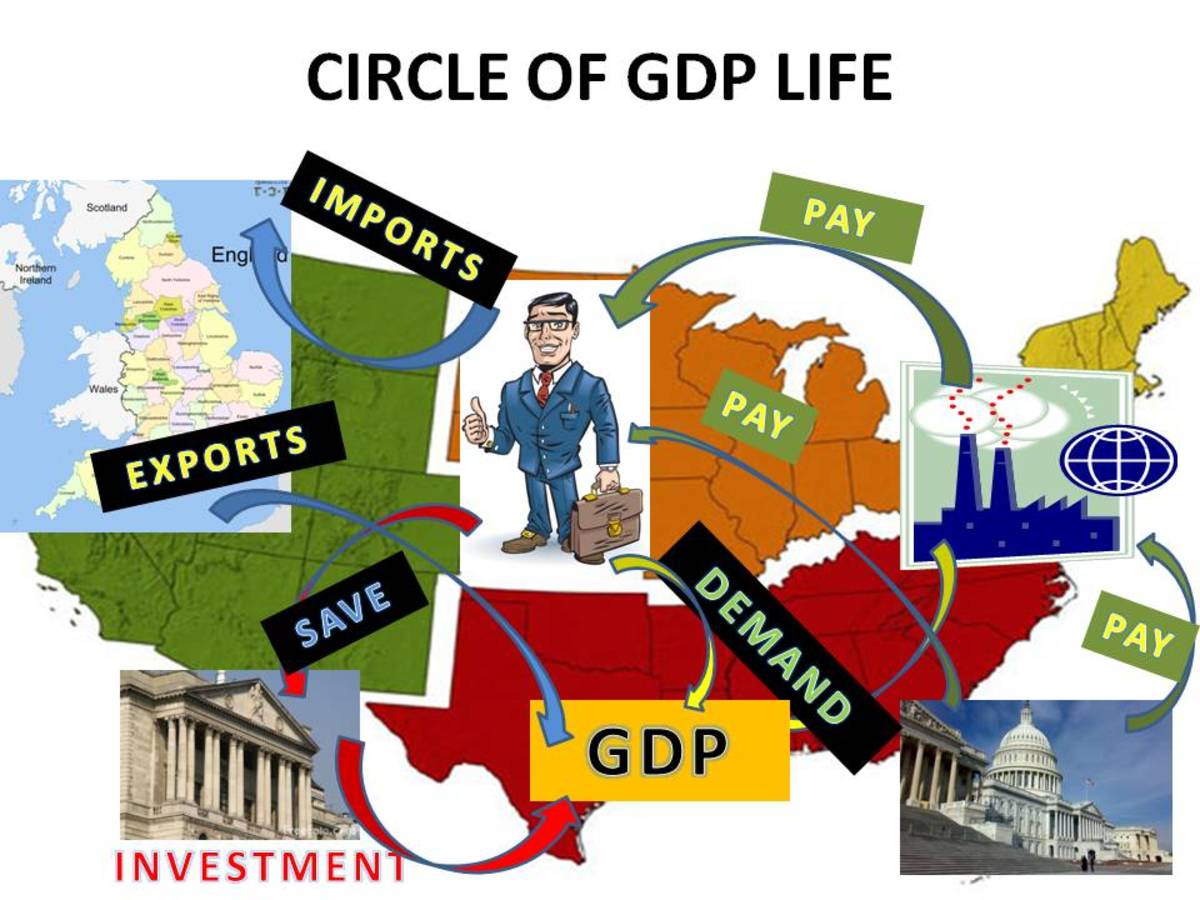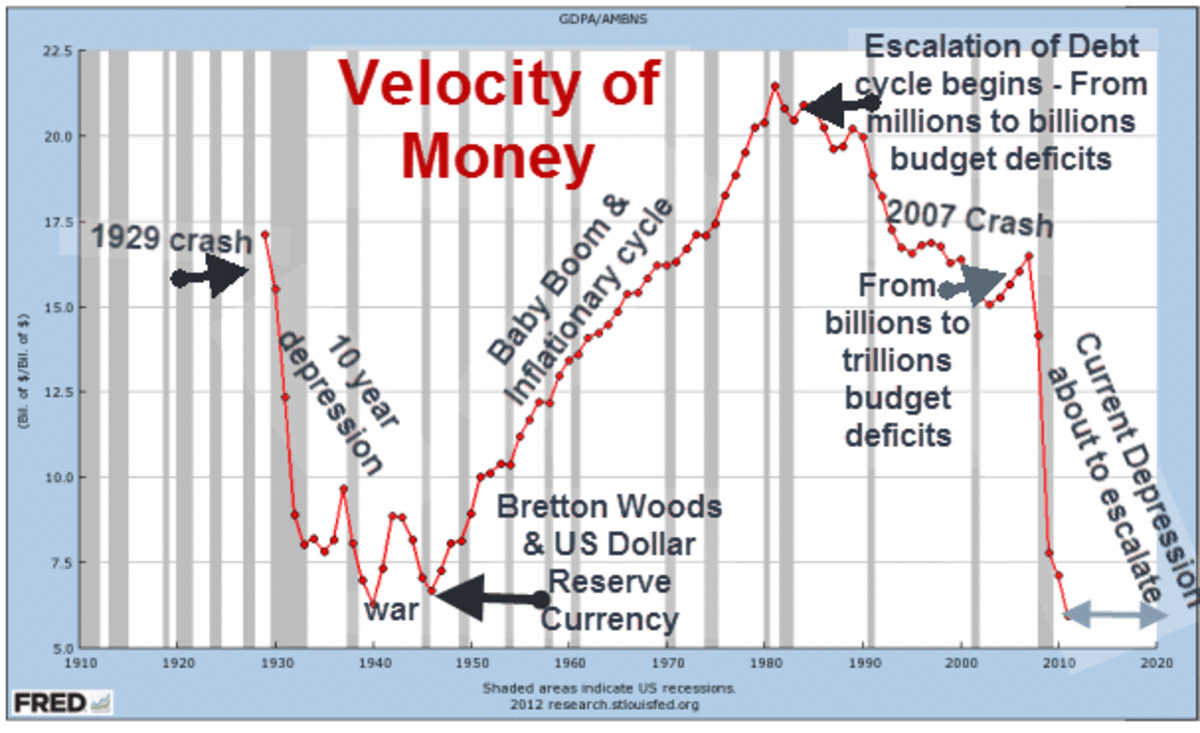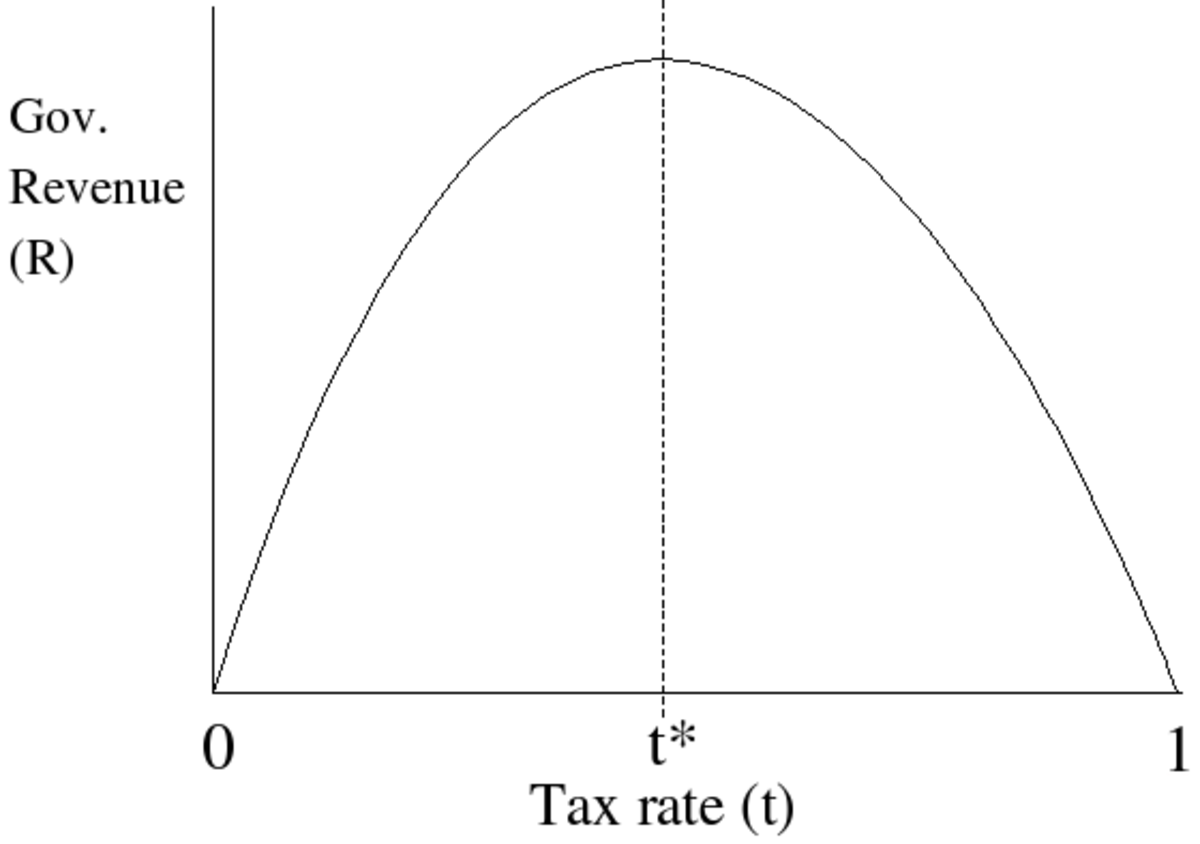Why Nominal GDP Growth is not a Correct Measure of How an Economy is doing
GDP growth in itself, not taking account of inflation, is not a correct measure of how an economy is performing. In high inflation economies, the nominal GDP also tends to be higher than in low inflation economies. The reason for this is that usually, however not always the case, high inflationary economies are developing economies (companies raise their prices faster due to lower competition than in developed countries). To have a more clear picture we need to subtract the inflation rate from the GDP growth rate.
For example, the economy’s published GDP growth rate is 3%, but the inflation rate is 4%, than the economy is actually (in net, or real, terms), is actually shrinking by 1% (3%-4%).
Exchange rate of an economy’s domestic currency also influences GDP growth. The way GDPs of more than one country are calculated and published is that the public GDP figures of the national statistical agency publish the figure in the local currency. This is then converted into US dollars, in order that different counties’ GDP figures could be compared. When we look at such figures, we have to make sure that there is some sort of fix exchange mechanism in place for the correct comparison. For example if the GDP of a country in its domestic currency had 0% growth in a year, and the currency weakened by 5% against the dollar since the last annual GDP publishing date, the figures might misleadingly suggest that the economy has grown by 5% percent.
Another way to have a clearer picture of the “real” GDP growth is to look at the absolute number of GDP growth. For example, if one economy is growing by 5% and the current GDP/capita is $1000, where as and other country’s GDP growth is only 1% but the GDP/capita is 10,000 than the later economy is growing faster as the GDP/capita is growing by $1000 (1 % of 10,000), whereas the first economy is only growing by $50/capita









